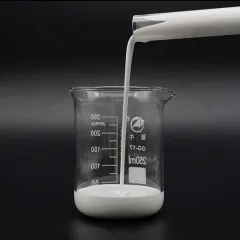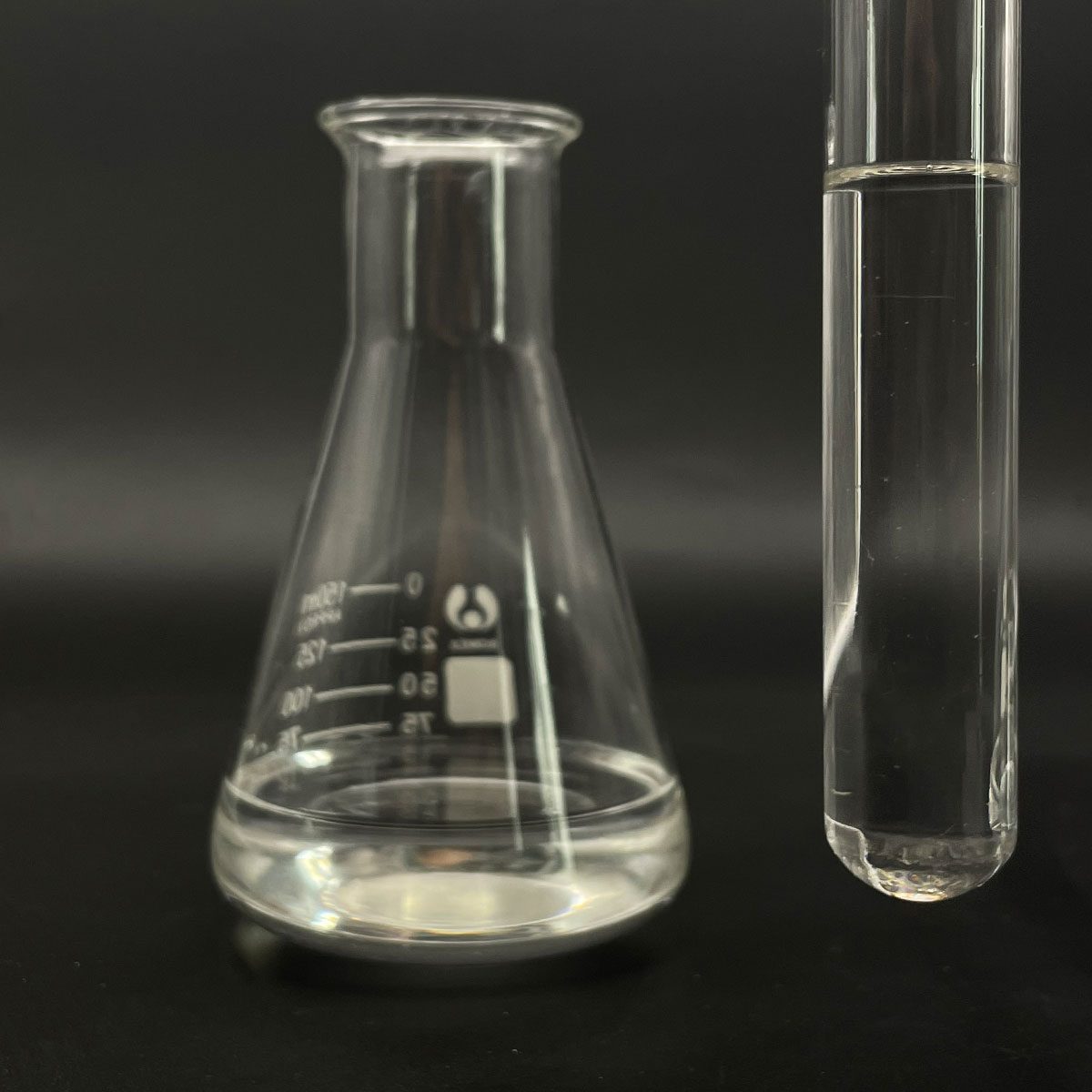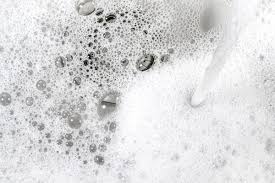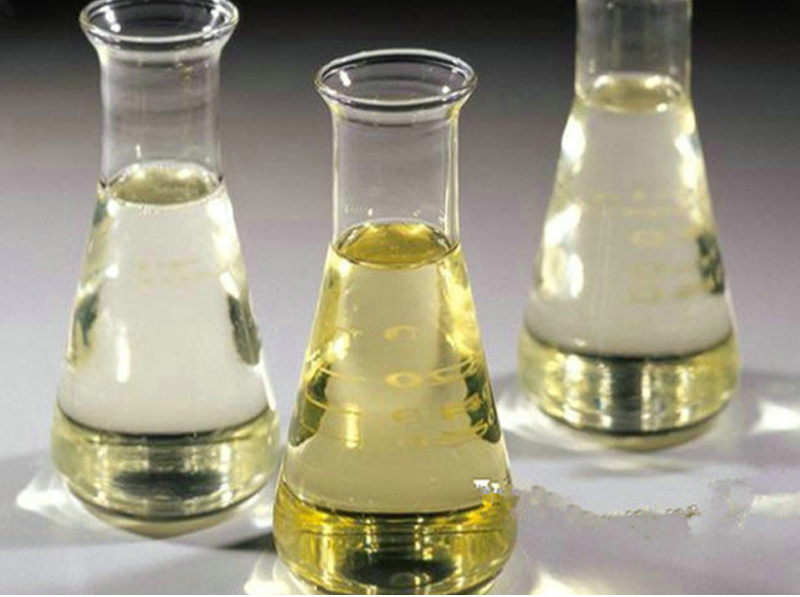**The Secret Life of Soap’s Tiny Miracle Workers: What’s True About Surfactants?**
(Which Statement About Surfactant Molecules Is Correct?)
You know that moment when dish soap attacks a greasy pan, and the oil magically vanishes? Or when shampoo turns your hair into a mountain of bubbles? Behind these everyday miracles are tiny heroes called surfactants. These molecules are like molecular janitors, cleaning up messes by doing science at a microscopic level. But what’s fact and what’s fiction about how they work? Let’s break it down.
Surfactants are weirdos. Their name comes from “surface-active agents,” which sounds fancy, but their job is simple: they mess with surfaces. Picture a surfactant molecule like a tadpole. One end loves water (hydrophilic), and the other end hates it (hydrophobic). This split personality lets them bridge oil and water, which normally refuse to mix. Without surfactants, salad dressing would stay separated forever, and your laundry would never get clean.
Here’s the big truth: surfactants lower surface tension. Surface tension is why water forms droplets or why bugs can skate on ponds. Surfactants weaken this tension by crowding at the surface, their water-hating tails sticking out. This lets water spread instead of bead up. Ever seen soap make water “wetter”? That’s surfactants in action.
Another fact: surfactants form micelles. When you scrub a greasy dish, surfactant molecules surround oil droplets. The hydrophobic tails point inward, trapping the grease, while the water-loving heads face outward. This creates tiny bubbles of oil wrapped in surfactant, called micelles. These micelles float away in water, taking the dirt with them. This is why soap doesn’t just move grime—it erases it.
Some people think surfactants only work in cleaning products. Not true. They’re everywhere. Your lungs rely on surfactants to keep air sacs from collapsing. Firefighters use them in foams to smother flames. Even ice cream needs surfactants to stay smooth and creamy. These molecules are multitaskers, solving problems in your body, your kitchen, and even industrial labs.
Are all surfactants the same? No way. Some are harsh, like the ones in heavy-duty detergents. Others are gentle, like those in baby shampoo. Natural surfactants exist too, like lecithin in egg yolks or saponins in plants. Chemists tweak their structures for different jobs. A surfactant in toothpaste has to fight plaque but not irritate your gums. One in face wash needs to remove oil without stripping your skin.
A common myth: more suds mean better cleaning. Bubbles are fun, but they don’t equal power. Surfactants clean by grabbing dirt, not by making foam. Some products add foaming agents just for the show. Next time your shampoo doesn’t lather much, don’t panic—it’s still working.
Surfactants aren’t perfect. They can harm the environment if they don’t break down safely. Phosphates in old detergents caused algae blooms in lakes. Today, “biodegradable” surfactants are designed to decompose after use. Scientists keep hunting for greener options, like surfactants made from coconut oil or sugar.
How do you spot a good surfactant? Look at the ingredient list. Sodium lauryl sulfate (SLS) is a classic but can be harsh. Alternatives like decyl glucoside (from corn and coconut) are milder. In skincare, hyaluronic acid isn’t a surfactant, but ceramides help reinforce your skin barrier alongside gentle cleansers.
(Which Statement About Surfactant Molecules Is Correct?)
Surfactants are quiet revolutionaries. They turn impossible tasks—like mixing oil and water—into simple routines. They save lives in hospitals, keep clothes fresh, and even make sure your morning latte has a frothy top. Next time you wash your hands, thank these tiny molecules. They’re the unsung reason the world runs a little smoother, one bubble at a time.
Inquiry us
if you want to want to know more, please feel free to contact us. (nanotrun@yahoo.com)



